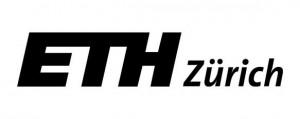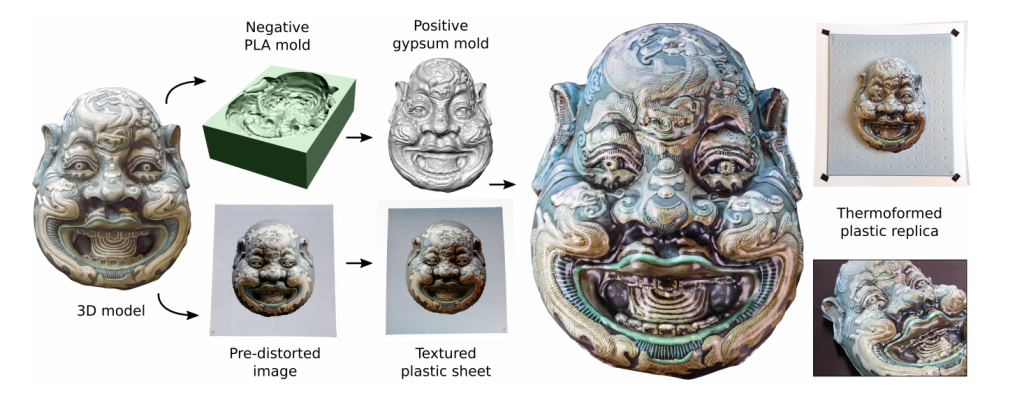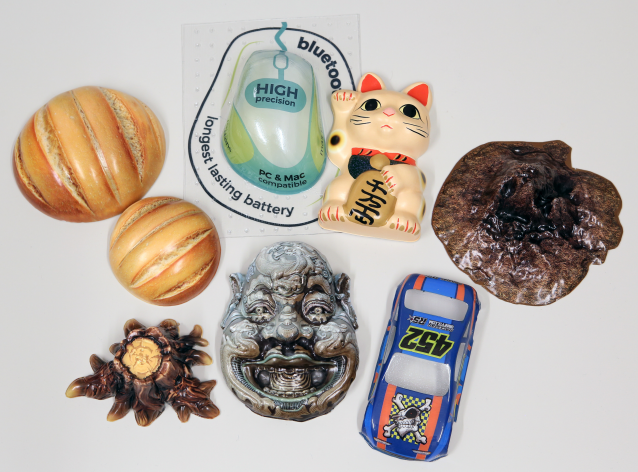 There are quite a few limitations that are still keeping 3D printing technology from reaching its full potential, including build size constraints, material restrictions, and the lack of multicolor printing capabilities. Though we likely have a long way to go before addressing all of these obstacles, there have been some valiant efforts by major companies to address the issue of multicolor printing. For instance, last year, Samsung Electronics was granted a patent for a multicolor ink for 3D printing, and a few months later, Apple filed a patent for their own multicolor 3D printing system. Last month, the dream of multicolor printing became closer to a reality with Stratasys’ announcement of the J750, an industrial 3D printer that allows for both multicolor and multi-material printing.
There are quite a few limitations that are still keeping 3D printing technology from reaching its full potential, including build size constraints, material restrictions, and the lack of multicolor printing capabilities. Though we likely have a long way to go before addressing all of these obstacles, there have been some valiant efforts by major companies to address the issue of multicolor printing. For instance, last year, Samsung Electronics was granted a patent for a multicolor ink for 3D printing, and a few months later, Apple filed a patent for their own multicolor 3D printing system. Last month, the dream of multicolor printing became closer to a reality with Stratasys’ announcement of the J750, an industrial 3D printer that allows for both multicolor and multi-material printing.
As we inch closer and closer to having complete access to a more colorful 3D printing experience, a group of researchers, from both the Switzerland-based ETH Zurich and Disney Research Zurich, have just unveiled an extremely unique process that provides 3D prints with high-quality details in limitless colors. Their new technique, which is coined Computational Thermoforming, uses a combination of an established industrial production technique—called thermoforming—and a new specialized software, which is engineered to provide structurally complex and colored surfaces to individual pieces or small batches of objects.
The new method, which was pioneered by ETH doctoral student Christian Schüller under the supervision of ETH Professor Olga Sorkine-Hornung, was developed in the university’s Interactive Geometry Lab. The technique utilizes a computer simulation that creates a colored surface from a digital 3D model, which is then printed onto a plastic sheet. In a process called thermoforming, this colored plastic sheet is heated and formed directly onto the 3D print. By computing the digital model into a deformed color image, the colors and detailed patterns are made to fit the geometric details of the 3D object flawlessly.
Using even the simplest 3D printer, the first step of the process is to 3D print a negative mold of the desired model in PLA, which forms the necessitated basis for the temperature-resistant gypsum mold. The specialized software then computes the texture of the 3D model, which is then laser printed onto a special transfer paper and transferred onto the plastic sheet with a mixture of heat and pressure. That plastic sheet is clamped above the gypsum mold within the thermoforming machine, and the colored plastic sheet is then vacuum-casted onto the 3D printed mold like a tight skin.
“This detail is reproduced exactly in the copy. The surface has a high-quality look, and the colours and structure are almost identical to those of the original,” says Schüller. “The replica has a high quality appearance, and for many applications it’s cheaper and faster than today’s 3D colour printing process.”
With this technique, Schüller and his team have already created some high-detailed objects, including the feature-filled Chinese mask and food replicas that look—but don’t taste—just like the real thing. The high-gloss plastic used in Computational Thermoforming makes the process less suitable for replicating the properties of wood and stone materials, but overall, the method is an inexpensive and extremely well-suited one for modelers, architectural firms, schools, and even the hobbyist sector.
The new technique will be presented by the research team at the Anaheim, California-based ACM SIGGRAPH 2016, a conference and exhibition focused around Computer Graphics & Interactive Techniques, which takes place from July 24-28. In addition to Schüller and his supervisor Professor Sorkine-Hornung, the technique was also collaborated on by Daniele Panozzo, Anselm Grundhofer, Henning Zimmer, and Evgeni Sorkine. Learn more about Computational Thermoforming in the informative video below! Discuss further in the Computational Thermoforming for 3D Prints forum over at 3DPB.com.
[Source: Phys.org Images: ETH Zurich]
Subscribe to Our Email Newsletter
Stay up-to-date on all the latest news from the 3D printing industry and receive information and offers from third party vendors.
Print Services
Upload your 3D Models and get them printed quickly and efficiently.
You May Also Like
Consolidation in AM: How 2025 Is Shaping the Industry’s New Normal
The first half of 2025 has been marked by a clear shift in the additive manufacturing (AM) industry. Companies are no longer just focused on developing new tech by themselves....
Etsy Design Rule Change Reduces Selection of 3D Printed Goods
Online marketplace Etsy has implemented a rule change requiring all 3D printed goods on the site to be original designs. The update to the site’s Creativity Standards states, ¨Items produced using...
U.S. Congress Calls Out 3D Printing in Proposal for Commercial Reserve Manufacturing Network
Last week, the U.S. House of Representatives’ Appropriations Committee moved the FY 2026 defense bill forward to the House floor. Included in the legislation is a $131 million proposal for...
Transforming From Tourist to Native: Duro CEO Michael Corr Explains Why the Company Rebuilt its PLM Software on AI
In these early innings of the AI boom, many market analysts have expressed concern that AI spend has gotten too far ahead of the technology’s proven ability to deliver significant...



































